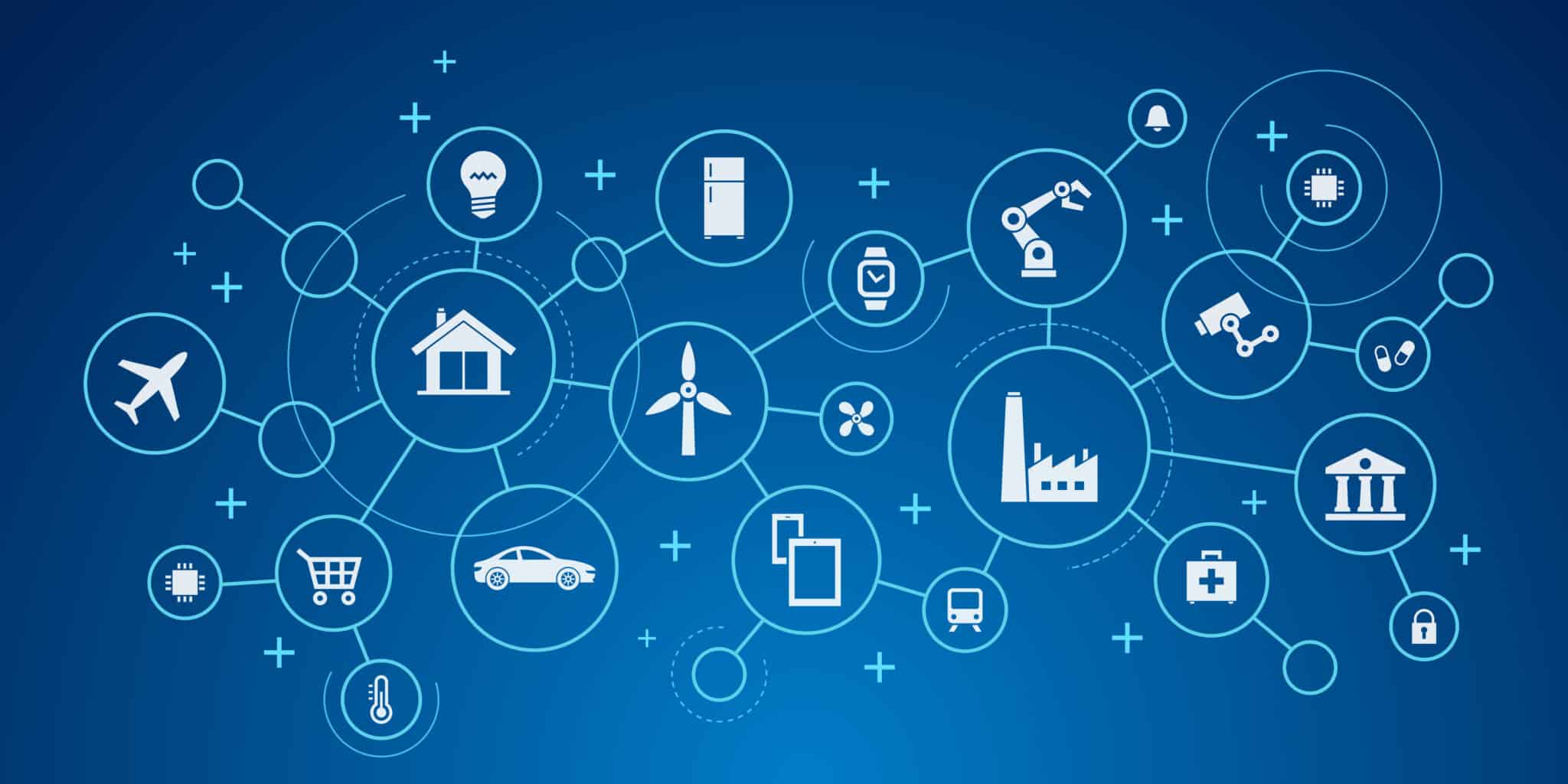There are some recognizable trends in the market, but the key drivers behind them have not changed much from the previous yearly trend report for the year 2022.
Main key driver of the general smart grid trend is still the increasing demand for efficient energy management and distribution. Smart grids are also essential for meeting greenhouse gas emission targets as they enable the integration of renewable energy sources into the grid, and help to manage electricity demand in a more efficient and sustainable way.
In some areas, older power grids are approaching full capacity, and there are instances where new solar or wind farms are prohibited from connecting to these grids due to their inability to accommodate the additional load.
These old grids are being replaced by new smart grids and the global market is projected to continue growing at a double-digit annual rate for the foreseeable future.
Let’s now turn our attention to some of the current popular smart grid trends in Europe.
The top three smart grid trends for 2023 are as follows:
1.Digitalization and automation
By digitizing and automating the electrical grid, utilities can improve the efficiency and reliability of their systems. Automated systems can quickly detect and respond to issues, reducing downtime and power outages. This can lead to lower costs and improved customer satisfaction.
Digitalization also provides utilities with vast amounts of data that can be analyzed and used to optimize grid operations. This can help utilities make informed decisions about grid maintenance, planning, and investment.
2.Decentralization and microgrids
Decentralization is moving away from centralized, large-scale electrical power generation and distribution towards smaller, local energy generation and distribution systems. In a decentralized grid, energy is generated closer to the point of consumption, reducing transmission losses and increasing energy security.
Decentralization and microgrids allow for a more distributed energy generation and distribution system, reducing the risk of widespread power outages caused by failures in the central grid. This increased resilience can be especially important in regions with less reliable central grid infrastructure. Additionally Microgrids can help optimize energy use by balancing energy generation and consumption at a local level. This reduces energy waste and improves energy efficiency, lowering energy costs and reducing emissions.
3.Renewable energy integration
This involves connecting renewable energy systems to the grid and ensuring that they can provide reliable and consistent energy to meet demand. Renewable energy integration requires advanced grid management systems to balance supply and demand, store excess energy, and ensure grid stability.
The increasing recognition of the impacts of climate change and the need to reduce greenhouse gas emissions is driving the growth of renewable energy sources, such as solar and wind power. Renewable energy sources can improve energy security as well by reducing dependence on imported fuels and increasing the use of domestic energy sources.
What is Safegrid’s role in all this?
Safegrid’s Intelligent Grid SystemTM (IGS) plays a crucial role in modernizing the grid and ensuring its sustainability. Safegrid’s IGS contributes to several key trends in the energy sector, including digitalization and automation, decentralization and microgrids, and energy storage systems.
Digitalization and automation
Safegrid’s IGS provides real-time data to monitor-, locate-, predict and prevent grid faults and thus increasing visibility and efficiency. The system also enables optimized demand response and management capabilities, helping utilities to optimize grid operations and improve reliability. With Safegrid’s IGS, utilities can remotely monitor and resolve outages quickly, and improve overall grid efficiency.
Decentralization and microgrids
The Safegrid’s IGS allows for more accurate and timely measurement of distributed energy generation and usage, enabling better management and integration of local energy generation and storage into the grid. Microgrids are becoming increasingly popular as they offer greater energy independence, security, and resilience. With Safegrid’s IGS, utilities can monitor in real-time, ensuring that the energy generated is efficiently distributed and used, and reducing the need for central grid operations.
Renewable energy integration
The Intelligent Grid SystemTM (IGS) contributes to renewable energy integration into electrical grids by providing real-time energy usage data, enabling utilities to optimize the integration of renewable energy sources and manage the grid more effectively. With IGS, utilities can monitor and control the flow of energy from renewable sources in real-time, helping to balance supply and demand and ensure the stability of the grid. IGS also provides the data necessary for effective demand response management, enabling utilities to shift energy consumption to times when renewable energy is plentiful, reducing the need for fossil fuel-generated energy. In addition, IGS can provide information on the performance of renewable energy systems, helping utilities to identify and resolve any issues more quickly and efficiently.
Safegrid’s IGS enables utilities to modernize their operations, improve grid efficiency and reliability, and meet the demands of a rapidly changing energy landscape. Whether it’s digitalization and automation, decentralization and microgrids, or energy storage systems, Safegrids IGS is playing a key role in the transformation of the energy sector, helping to build a more sustainable and resilient energy future.

